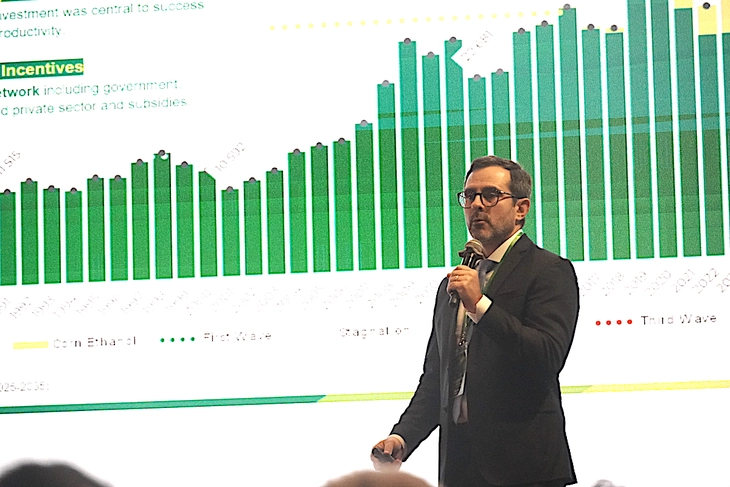
Seminar speakers informed about policies and orientations for biofuel development in the US and experiences for Vietnam - Photo: N.AN
On the morning of August 27, the Ministry of Industry and Trade coordinated with the Vietnam Biofuels Association (VBFA) to organize a workshop on biofuel development in the new era: Key tasks to create a sustainable fuel future for Vietnam.
Biofuel consumption is decreasing
According to Dr. Dao Duy Anh - Deputy Director of the Department of Innovation - Green Transformation and Industrial Promotion (Ministry of Industry and Trade), biofuel (E5 biofuel) has been introduced to the market since 2018 nationwide.
Vietnam National Petroleum Group ( Petrolimex ) has implemented the blending of E5RON92 gasoline reaching over 2 million m3 /year, accounting for 47% of total gasoline sold. Some localities such as Quang Nam and Da Nang have more than 70-90% of stores selling E5.
However, up to now, E5RON92 gasoline consumption has decreased sharply, only 21% market share, according to estimates in 2024. Some provinces and cities such as Dong Nai, Ho Chi Minh City, Hanoi recorded that E5RON92 sales accounted for less than 20% of gasoline consumption.
According to Dr. Duy Anh, the decrease in E5RON92 gasoline consumption is due to people's concerns about the quality of biofuel, especially with new vehicles, motorbikes, and high-end cars.
The difference between E5RON92 and RON95 gasoline is only 400 - 800 VND/liter, not enough to motivate consumption.
Meanwhile, biofuel producers face many difficulties due to lack of consumption and competition from imported ethanol (E100).
With limited supply, transporting E100 from abroad to Vietnam also increases costs due to increased logistics costs.
The Ministry of Industry and Trade also stated that financial mechanisms, tax support, and credit are still limited. There is no widespread, unified communication campaign, leading to misunderstandings about the engine compatibility and safety of E5 and E10.
However, with the implementation of biofuel consumption nationwide, Dr. Duy Anh believes that there are certain effects.
That is, management levels from central to local levels and the petroleum business community all understand and support the development and use of biofuel.
To date, no negative effects of biofuel on engine performance and longevity have been recorded. In fact, it also raises the issue of using suitable mineral gasoline to blend biofuel; simplifying procedures in implementing the biofuel chain;
Appropriate macro and micro policies are needed to encourage the development of the biofuel industry and the use of biofuel; better communication work is needed to provide accurate information to consumers.
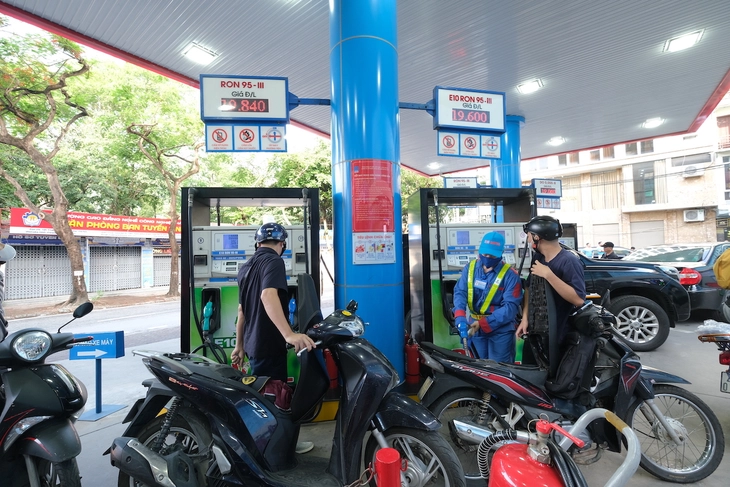
E10 bio-fuel is being sold on a pilot basis at some Petrolimex and PVOil stores in Ho Chi Minh City (old), Hanoi and Hai Phong - Photo: N.AN
New roadmap expected: Eliminate mineral gasoline, only sell biofuel from 2026?
On that basis, the Ministry of Industry and Trade has proposed a roadmap that from January 1, 2026, 100% of E10 bio-fuel will be consumed nationwide and from 2030, E15 will be consumed.
However, for vehicles using diesel engines, fuel used in the aviation industry, and gasoline used by the military and police for defense and security purposes, biofuels will not be required.
Mr. Do Van Tuan, Chairman of the Vietnam Biofuel Association, said that using biofuel helps reduce CO and HC emissions without having to modify engines and change consumption habits. Gasoline distributors also do not have to invest significantly in tanks, pumps and other business costs.
Meanwhile, the environmental tax on biofuel is lower than that on traditional gasoline, so the price of E10 gasoline will be cheaper than the price of mineral gasoline.
Consumption of biofuel also helps create stable output for farmers growing cassava, corn, and sugarcane as raw materials for ethanol production. This helps reduce gasoline imports, increase domestic raw material self-sufficiency, and diversify energy sources.
Regarding ethanol supply, Mr. Tuan said that up to now, Vietnam has 5 factories with a total capacity of 32,000m3 /month, accounting for 32% of supply and expected to increase to 45% in the next 2 years.
In addition, the infrastructure for importing ethanol is located at the ports of Hai Phong, Dung Quat, Van Phong, Nha Be, Cai Mep, which can be imported from the US or Brazil to meet the demand of 600,000 - 700,000m3/ year . Imports from these markets help reduce the trade deficit, especially with the US.
Therefore, Mr. Tuan affirmed that domestic E100 supply fully meets 45% of demand and imports meet 55% of demand, with an output of about 100,000m3 /month if bio-fuel is used from the beginning of 2026.
Source: https://tuoitre.vn/xang-e5-chi-ban-ra-21-thi-phan-vi-sao-bo-cong-thuong-muon-xoa-so-xang-khoang-tu-2026-2025082711361621.htm


![[Photo] Dan Mountain Ginseng, a precious gift from nature to Kinh Bac land](/_next/image?url=https%3A%2F%2Fvphoto.vietnam.vn%2Fthumb%2F1200x675%2Fvietnam%2Fresource%2FIMAGE%2F2025%2F11%2F30%2F1764493588163_ndo_br_anh-longform-jpg.webp&w=3840&q=75)





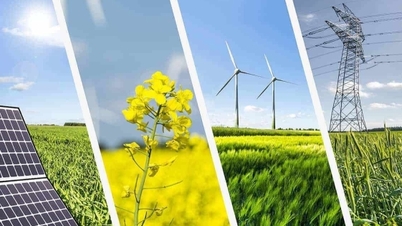

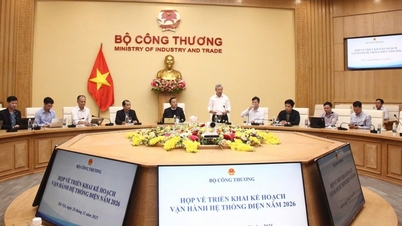

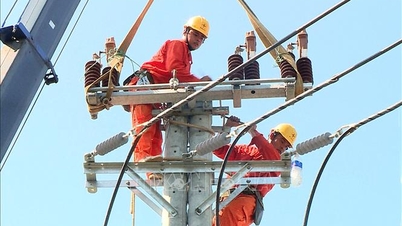

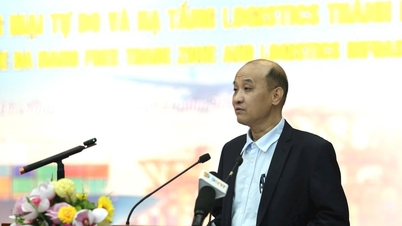

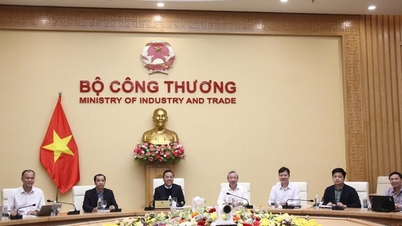

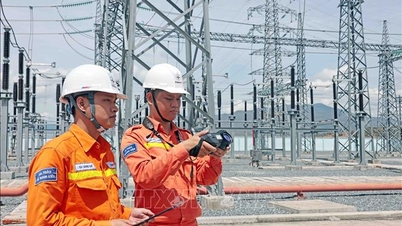
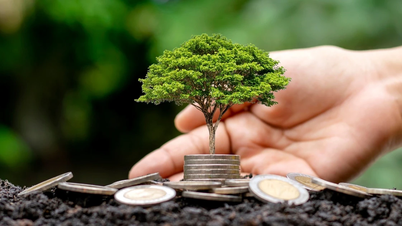

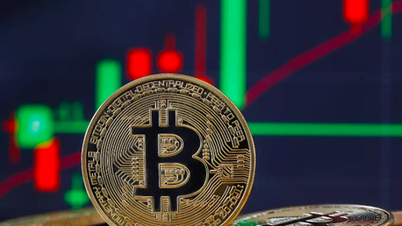

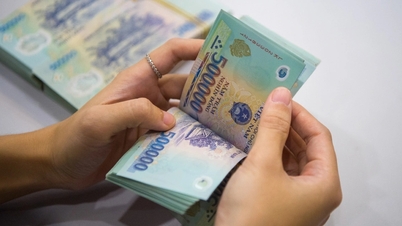

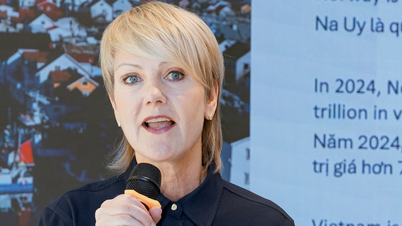
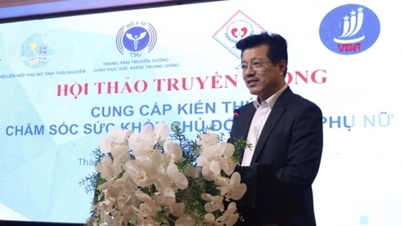
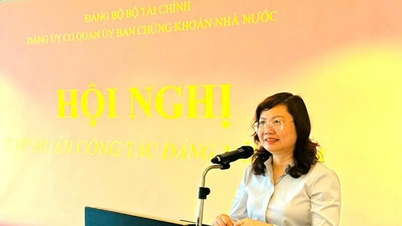








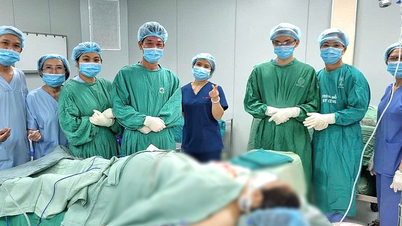


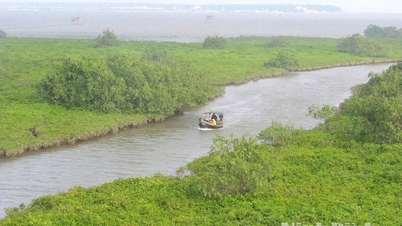




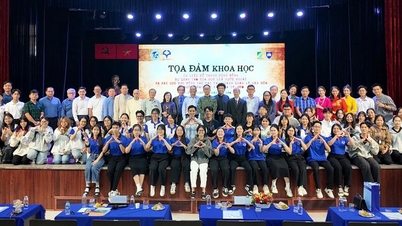








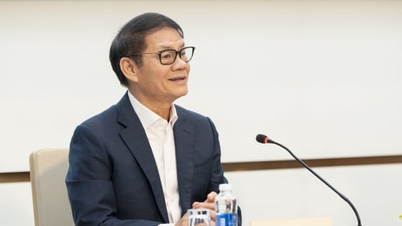

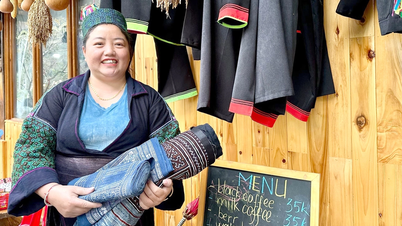



















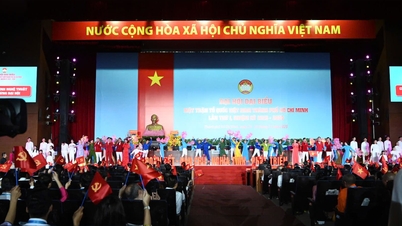



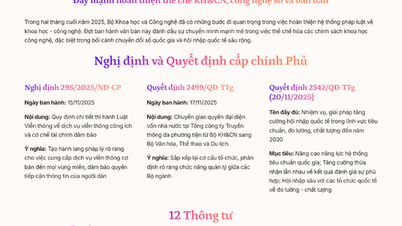

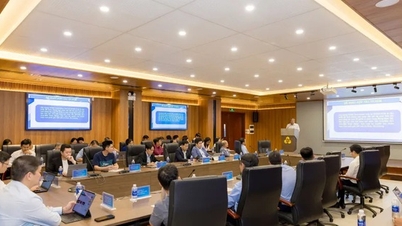
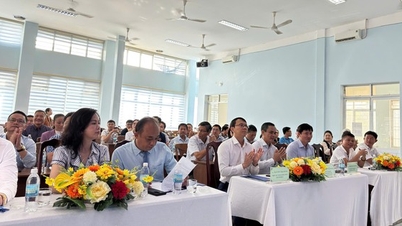
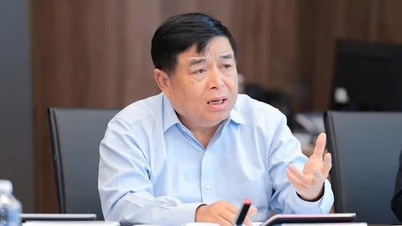

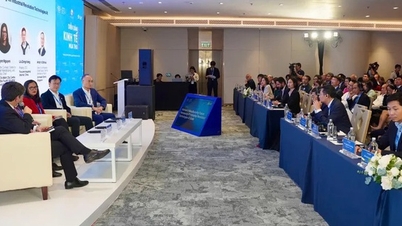
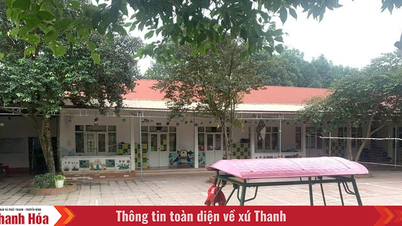

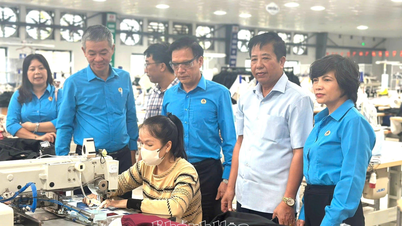

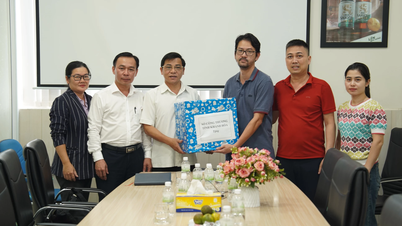
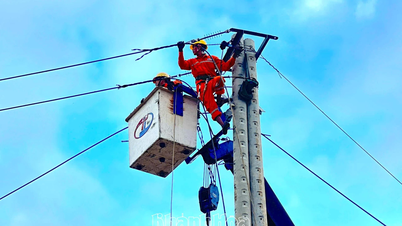
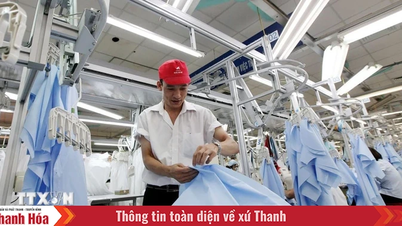
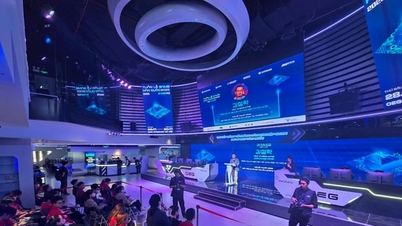













Comment (0)